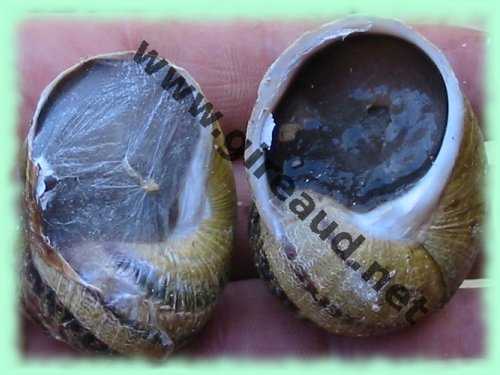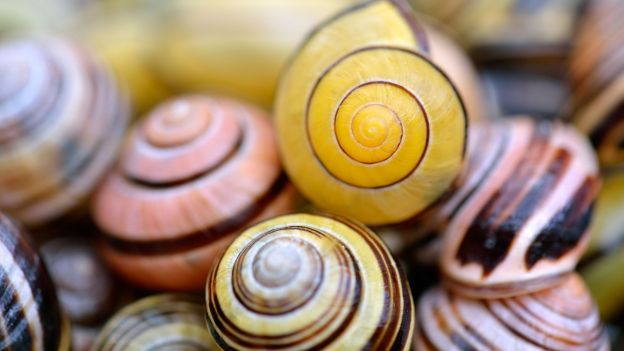

Intelligent snail species such as aquatic snails use this tactic all the time. They know that floating will bring them closer to their destination faster than crawling.

One reason might be that it wants to go somewhere quickly. If your snail randomly starts to float on the water or stops moving, then it might be due to several reasons. Snails are mysterious because we often cannot figure out the end goal behind an action. We will help you figure out what is wrong with your snail, whether it is alive or dead, and what to do if it is. This article is going to detail snail sleeping habits. But, do not worry – we have got you covered. Snails are slow and tricky to figure out. If you read this article, then the thought ‘is my snail still alive?’ has crossed your mind. Sometimes, you might wonder if your snail is okay. As a snail owner, you might go days without seeing your snail at all if it sleeps inside a cave or is hidden from view. Research in snail sleeping habits reveals that snails take as many as seven naps in the short span of 12 to 14 hours. It is no surprise that snails love sleeping. But, of course, they will gobble up any leftover fish food, too! Snails are good cleaning agents because they help keep your tank algae-free. Most people keep snails as pets or add them to their aquarium. This cycle repeats itself millions of times during a snail’s lifetime. Their favorite thing to do is to eat and sleep. They exhibit signs of laziness, lethargy, and are slow in general. But the number of snails is so high that these losses are perfectly assumed by the population.Snails are some of the most unbothered animals to have in a tank. This also keeps them away from some ground predators such as some myriapods and beetles, lizards, toads, rodents, hedgehogs and dormouses although it exposes them to others such as birds (storks, egrets, blackbirds, little owls, kestrels, black birds and crested larks). In addition, this way they cool off with the breezes that may blow during the day. Temperatures in summer decrease as we move away from the ground, heated by the sun’s rays, which is why the snails tend to climb up as much as possible. This mucous secretion solidifies on contact with air, hardens and closes the shell almost hermetically, although it leaves a small hole open to allow oxygen exchange. To do this, snails close their shell with a lid formed by a sticky calcareous secretion called epiphragm, which also stick them to the chosen substrate, be it a plant, a tree branch or a fence post. It is therefore the equivalent of hibernation during the summer, so we can call it aestivation. Many animals employ this strategy in our hemisphere to withstand harsh winter conditions, but in the case of our land snails, they do so to survive the rigors of summer. To overcome these unfavorable conditions, which usually begin in June, land snails enter a state of dormancy in which their metabolism and pulsations are reduced to a minimum. Their predominantly light-colored shells, typical of hot places, are no longer helpful either. At this time of year they can’t even count on the help of the morning dew to ease their water stress. But when spring gives way to summer, temperature increases and the humidity of their environment decreases, producing a truly hostile environment to them.


 0 kommentar(er)
0 kommentar(er)
